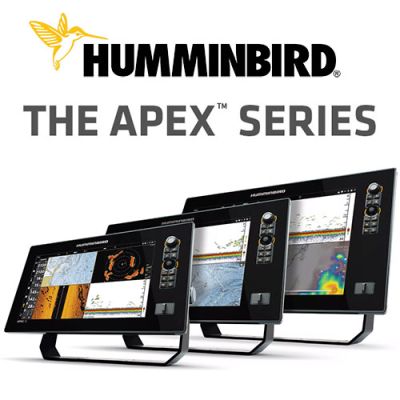Today's Best Fishing Times
Get the best fishing times for First Fulda Lake with Lake-Link's Fishing Forecast. SEE MORE
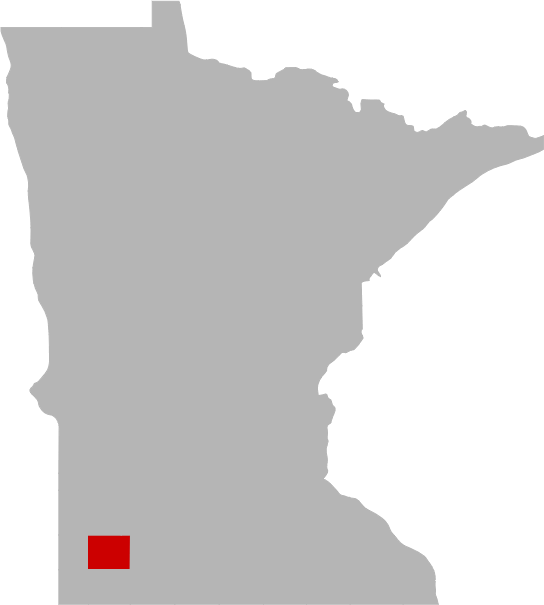
Share your catch!
We want to see what you've caught on First Fulda Lake.Frequently Asked Questions About First Fulda Lake, MN
- How big is First Fulda Lake?
- How deep is First Fulda Lake?
- What kind of fish can you catch in First Fulda Lake?
- What are the closest cities to First Fulda Lake?
- Are there places to stay in the First Fulda Lake area?
- Are there boat launches on First Fulda Lake?
- Are there places to eat and drink near First Fulda Lake?
- What is the average air temp for First Fulda Lake?
- Are there any state parks near First Fulda Lake?
How big is First Fulda Lake?
How deep is First Fulda Lake?
What kind of fish can you catch in First Fulda Lake?
Other fish species in the lake include Fathead Minnow, Green Sunfish, Hybrid Sunfish, Johnny Darter, Orangespotted Sunfish and White Sucker.
What are the closest cities to First Fulda Lake?
Are there places to stay in the First Fulda Lake area?
More Lodging Options
Are there boat launches on First Fulda Lake?
Are there places to eat and drink near First Fulda Lake?
Explore the First Fulda Lake area in a RV
Are you looking for an adventurous vacation option that won't break the bank? Look no further than renting an RV! Contrary to popular belief, the process is much simpler than you might imagine. With just a few easy steps, you'll soon be experiencing the ultimate freedom and convenience of exploring the open road in your very own recreational vehicle. And the best part? RV travel can save you up to 60% compared to other types of vacations! With the money you'll save, you'll be able to travel even more and create unforgettable memories along the way. So why wait? Start planning your next adventure today with an RV rental. Learn more about renting a RV.

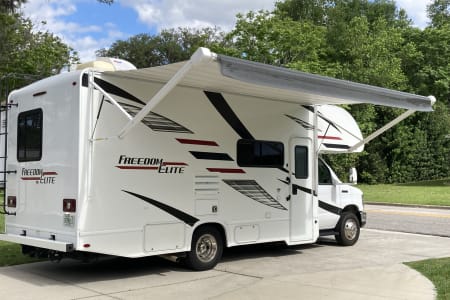
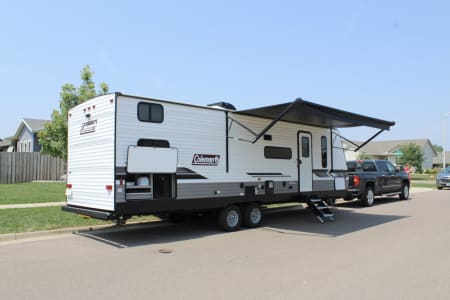
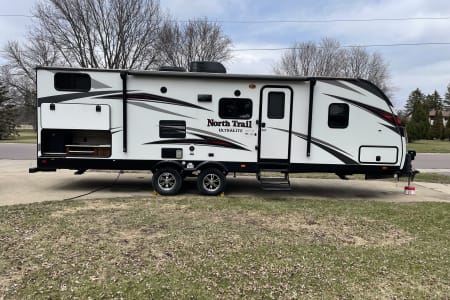
History & Status of the Fishery
INTRODUCTION
First and Second Fulda Lakes, 179 and 60-acres, are located in Murray County within the City of Fulda. A channel between the two basins maintains a connection throughout the year; therefore, they are managed as one system. After several winters of severe winterkill, rough fish such as Common Carp and Black Bullhead were highly abundant in the lakes resulting in poor water quality, limited angling opportunities, and a basin devoid of aquatic vegetation (spawning and nursery habitat for fish). As a result, a reclamation using rotenone was done in 2008 (following a partial draw down in 2007), to "restart" the lakes. The following year (2009), the lake was stocked with Bluegill, Largemouth Bass, and Walleye, and in 2010 was stocked with Black Crappie, Northern Pike, and Yellow Perch. Despite the reclamation, Common Carp and Black Bullhead have been sampled in Fulda Lakes, likely reentering the system from downstream during a high water event in the fall of 2010 and spring of 2011 due primarily to a failure in the electric barrier and a 100 year precipitation event. However, their populations have been held in check to date by the abundant predator populations. Additionally the improvement in water quality and clarity has created a basin with native vegetation that doesn't allow those species the competitive edge to expand and thrive thus far. Fulda Lakes are managed primarily for Walleye and secondarily for Largemouth Bass, Bluegill, Yellow Perch, Northern Pike, and Black Crappie. Walleye fingerlings are stocked every other year beginning in 2011 at a rate of 2 pounds per littoral acre (2011, 2013, 2014, 2015, 2017). Northern Pike fingerlings are stocked every other year if they are available. Other secondary management species sustain their populations through natural reproduction and therefore are not stocked on a regular basis. A standard survey was conducted the week of July 6, 2015 to monitor fish populations using one gill net and nine trap nets.
WALLEYE
Walleye catch rates in Fulda Lake have been highly variable, ranging from 0.5 per gill net in 2004 to 65.0 per gill net in 1996, and averaging 18.5 per gill net since 1984. Post reclamation, Walleye were captured at rates of 18.0 per gill net in 2011 and 1.0 per gill net in 2015, which is below the expected range of catch rates for similar lakes in the area (2.3 to 13.3 per gill net). The trap net catch rate in 2015 was 1.8 per trap net, which is within the expected range of catch rates for similar lakes in the area (0.3 to 2.0 per trap net). Walleye were 13.3 to 23.0 inches long and averaged 19.9 inches, with 82 percent of Walleye being larger than 19.0 inches. Despite the lower than desired Walleye catch rate, the intensive stocking regime has been maintained. It is likely that abundance of the Walleye population was underestimated by gill nets because aquatic vegetation was extremely dense in Fulda Lakes during the summer of 2015. Gill nets do not fish as effectively when vegetation is dense because vegetation caught in the net makes the net more visible and/or the fish may not have to move around as much to find prey. Additionally, it is possible that some of the fingerlings leave the lake by going over the dam and downstream to West and East Graham Lakes.
LARGEMOUTH BASS
The Largemouth Bass in Fulda Lakes are thriving in abundance primarily because of the great habitat in the lakes. Largemouth Bass were captured at a rate of 81.3 per hour in 2015, down from the 2011 catch rate of 121.0 per hour, but higher than catch rates considered to be "good" at 20-30 per hour. Sizes of Largemouth Bass were small as lengths ranged from 2.8 to 17.5 inches and averaged 8.5 inches. Largemouth Bass were plump indicating that they are foraging successfully. Multiple year classes of Largemouth Bass are present in Fulda Lakes, typical of a stable population. The aggressive nature of Largemouth Bass should make them easy to catch in the Fulda Lakes.
NORTHERN PIKE
Northern pike were captured at a rate of 7.0 per gill net and 2.8 per trap net, both of which are well above the expected range of catch rates for similar lakes in the area (0.0 to 2.0 per gill net; 0.1 to 0.9 per trap net). Lengths of Northern Pike ranged from 11.8 to 31.0 inches and averaged 24.4 inches. Northern Pike were plump, indicating that food is available for them. With an average length of 24.4 inches, the opportunity to catch good numbers of nice sized pike in the Fulda Lakes is present. Both summer and winter angling and spearing reports from Fulda also confirm their success.
BLUEGILL
Catch rates of Bluegill have ranged from 0.0 per trap net in 1996 to 21.8 per trap net in 2011, and have averaged 5.3 per trap net since 1984. Bluegill were scarce in Fulda Lakes prior to the reclamation; however, post-reclamation, Bluegill have been more abundant at 21.8 and 16.7 per trap net in 2011 and 2015, respectively. The 2015 catch rate was within the expected range of catch rates for similar lakes in the area (1.2 to 20.0 per trap net). Size of Bluegill was small as lengths ranged from 3.7 to 7.3 inches and averaged 4.9 inches. Bluegill angling was excellent in the couple of years following the reclamation. Many of the large Bluegill observed in the 2011 survey were likely harvested, which accounts for the lack of large Bluegill in the 2015 survey. Bluegill should attain a larger size with an additional year or two of growth and be available for anglers to harvest.
BLACK CRAPPIE
The Black Crappie catch rate increased from 0.2 per trap net in 2011 to 2.1 per trap net in 2015, which is within the expected range of catch rates for similar lakes in the area (0.7 to 15.3 per trap net). Size structure of Black Crappies was small as lengths ranged from 3.7 to 7.8 inches and averaged 5.5 inches. Crappie recruitment tends to be cyclic, where a strong year class is produced every 3 to 5 years, resulting in highly variable catch rates like those observed on Fulda Lakes. Additionally, both bluegill and yellow perch are thriving and likely occupying a similar niche. As a result of that, the Black Crappie population will likely continue at a low density.
YELLOW PERCH
Yellow Perch catch rates in Fulda Lakes have been highly variable, ranging from 0.0 per gill net in 1989 and 2004 to 114.5 per gill net in 1984, and averaging 35.5 per gill net since 1984. The 2015 catch rate of 46.0 per gill net was similar to the 2011 catch rate of 42.0 per gill net, both of which exceeded the expected range of catch rates for similar lakes in the area (3.3 to 30.4 per gill net). Yellow Perch were small as lengths ranged from 5.7 to 11.0 inches and averaged 6.5 inches with the majority of them (96 percent) being less than 7.0 inches in length. Yellow Perch naturally reproduce in Fulda Lakes, as it appears there are at least four year classes present in the population. With an additional year or two of growth, Yellow Perch should attain a size that is acceptable to anglers to harvest.
OTHER SPECIES
In the last decade, Common Carp abundance has steadily decreased from 11.0 per gill net in 2004 to 7.0 per gill net in 2011 to 2.0 per gill net in 2015, which is low when compared to similar lakes in the area. Common Carp lengths were 15.2 to 25.4 inches long and averaged 18.3 inches. The reclamation, an electric barrier downstream of the lakes, and the intensive predator stocking program are likely helping keep Common Carp numbers in check in Fulda Lakes; however, overtime they will likely establish a self-sustaining population. If water quality and habitat continues to be excellent in Fulda, along with a robust Bluegill population abundance, and limited stressors during winter (winterkill), it is hopeful their population will remain low.
Black Bullhead abundance remained low in the post reclamation era, as they were captured at a rate of 2.9 per trap net, which is below the expected range of catch rates for similar lakes (11.5 to 132.6 per trap net). Black Bullhead were 6.0 to 9.2 inches long and averaged 7.7 inches. The Black Bullhead population is also likely being suppressed by populations of Walleye, Northern Pike, and Largemouth Bass.
Plants in the water and at the water's edge provide habitat, prevent erosion, and absorb excess nutrients. Shrubs, trees, and woody debris such as fallen trees or limbs provide good habitat both above and below the water and should be left in place. By leaving a buffer strip of natural vegetation along the shoreline, property owners can reduce erosion, help maintain or improve water quality, and provide habitat and travel corridors for wildlife.
Best management practices within the watershed (no-till farming, cover crops, buffer strips, targeted fertilizer application, reduced or metered tiling) would help reduce nutrients entering the lake. High nutrient and sediment input can cause algae blooms and reduce overall water quality. Any improvements in the watershed are likely to have positive impacts on the fishery.
Prepared by Jonah Dagel
What is the average air temp for First Fulda Lake?
Are there any state parks near First Fulda Lake?
For more Minnesota State Park information see our State Park Guide.
More Nearby Lakes To Explore
There's more lake's to explore around First Fulda Lake...| DISTANCE | ACRES | MAX DEPTH | |
| Second Fulda Lake | 0.6 mi | 64 | 5 ft |
| West Graham Lake | 5.6 mi | 519 | 8 ft |
| Kinbrae Lake | 6.2 mi | 98 | 7 ft |
| East Graham Lake | 6.7 mi | 511 | 8 ft |
| Lime Lake | 7.3 mi | 326 | 7 ft |
| Talcot Lake | 7.5 mi | 873 | 6 ft |
| Corabelle Lake | 10.2 mi | 106 | 6 ft |
| Lake Louisa | 11.7 mi | 230 | 8 ft |
| Buffalo Lake | 15.4 mi | 127 | 8.5 ft |
| Summit Lake | 16.3 mi | 78 | 7 ft |







